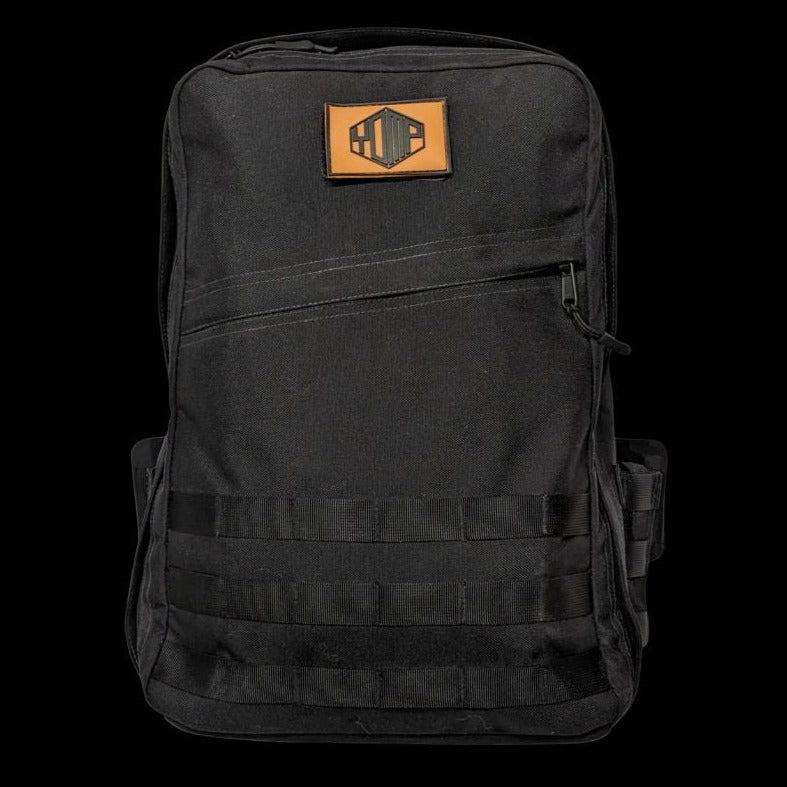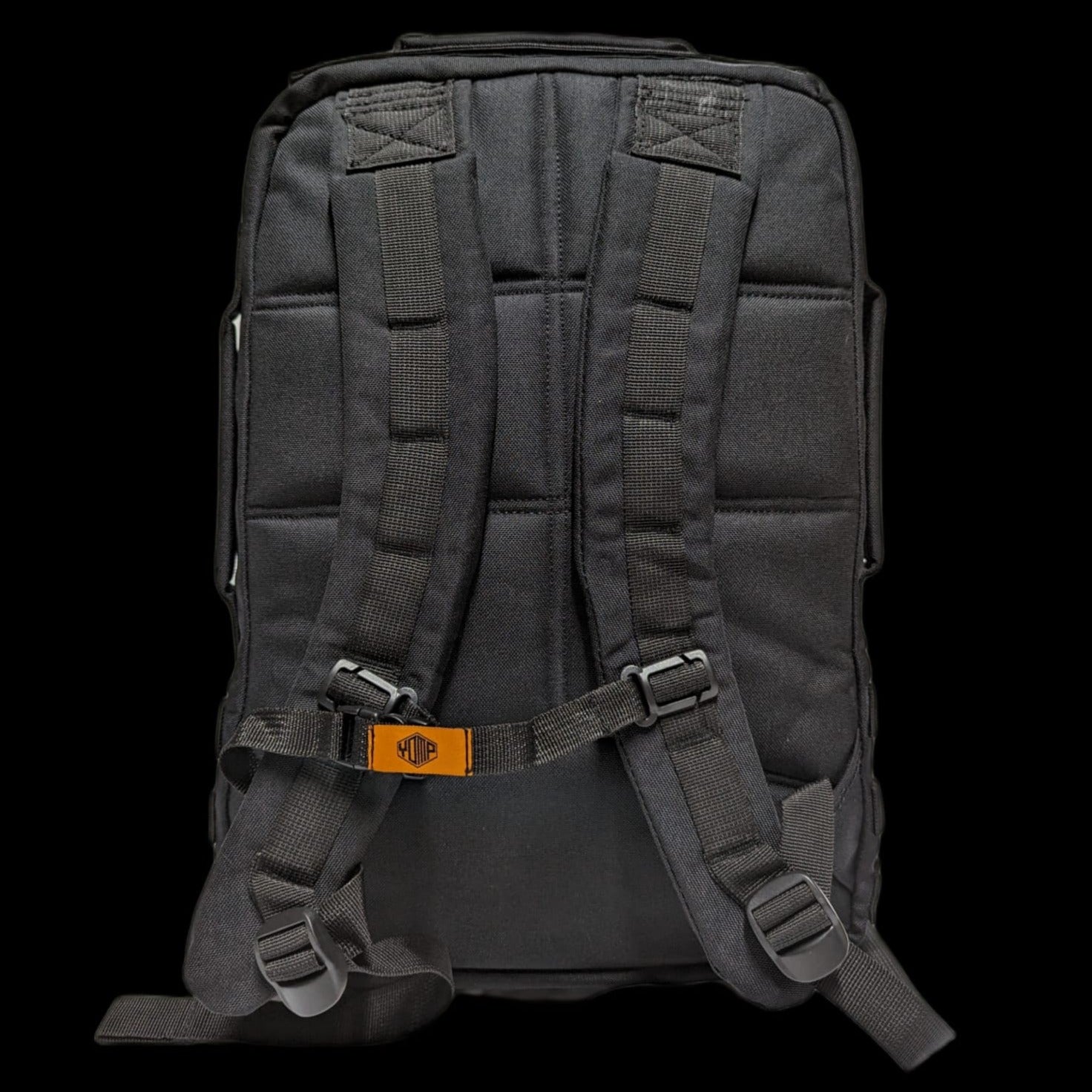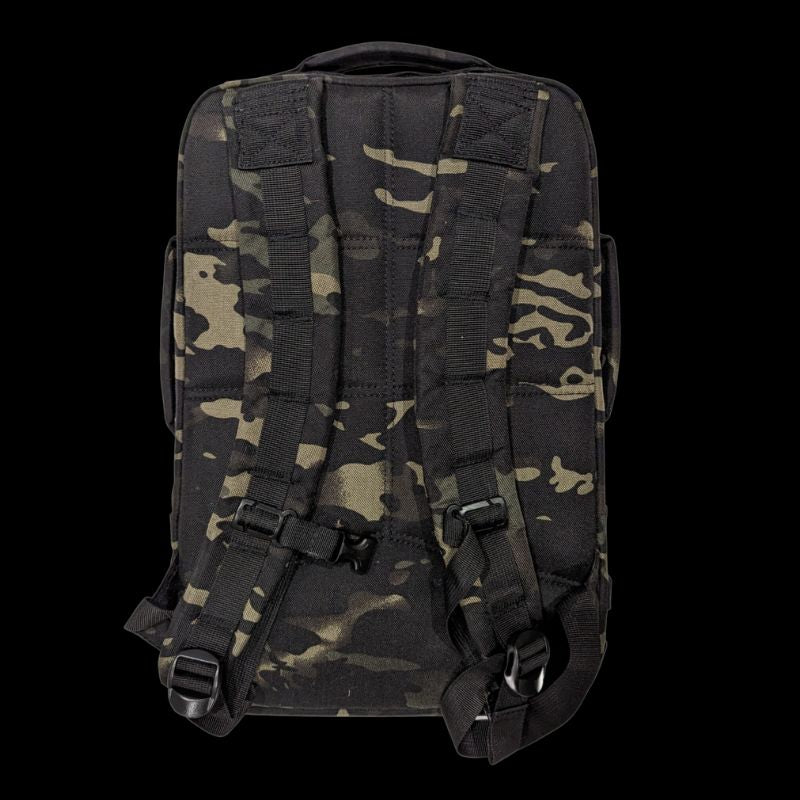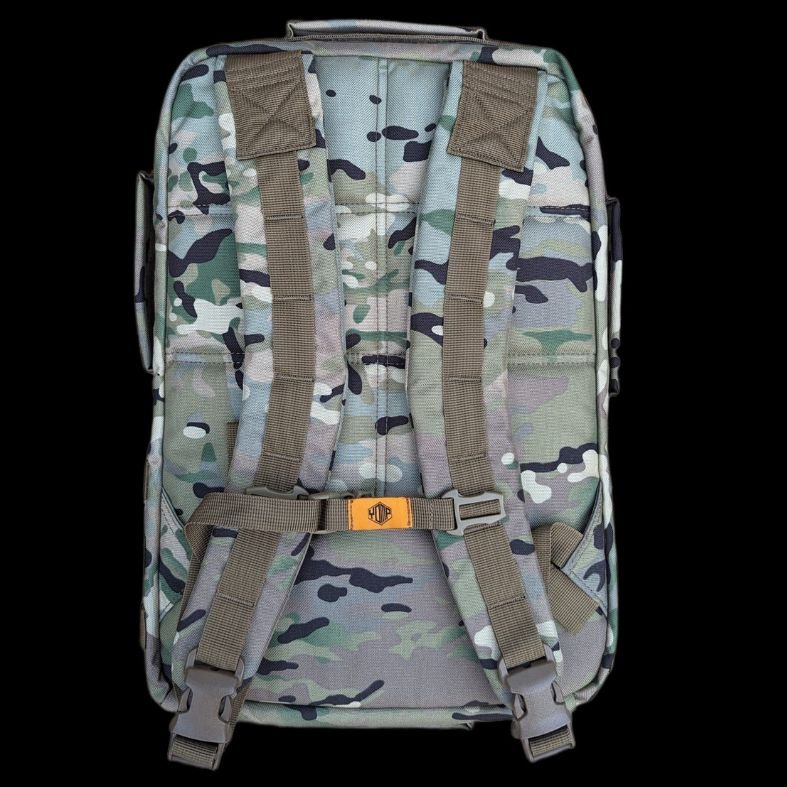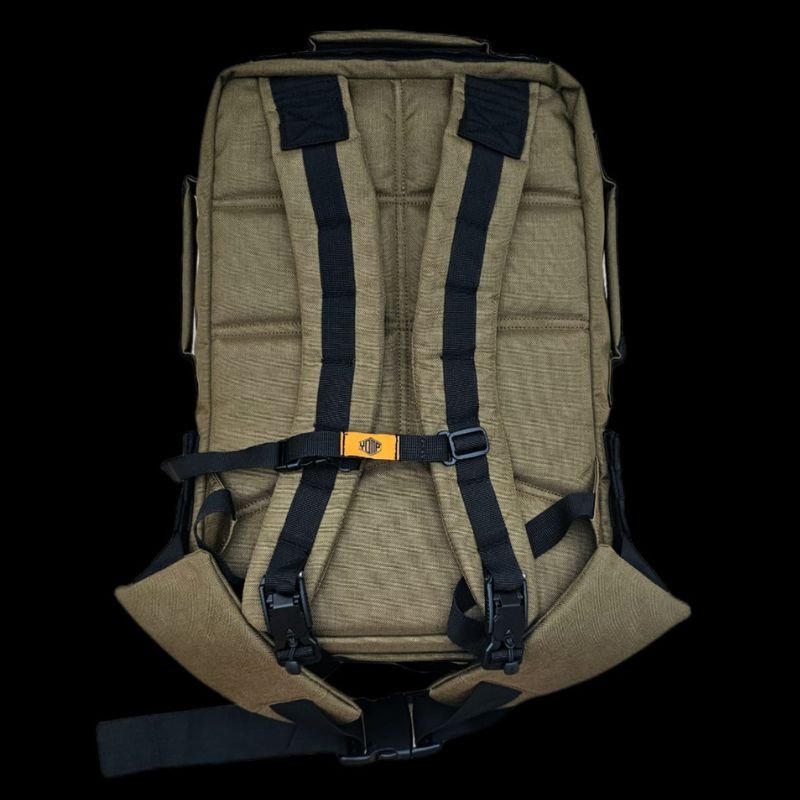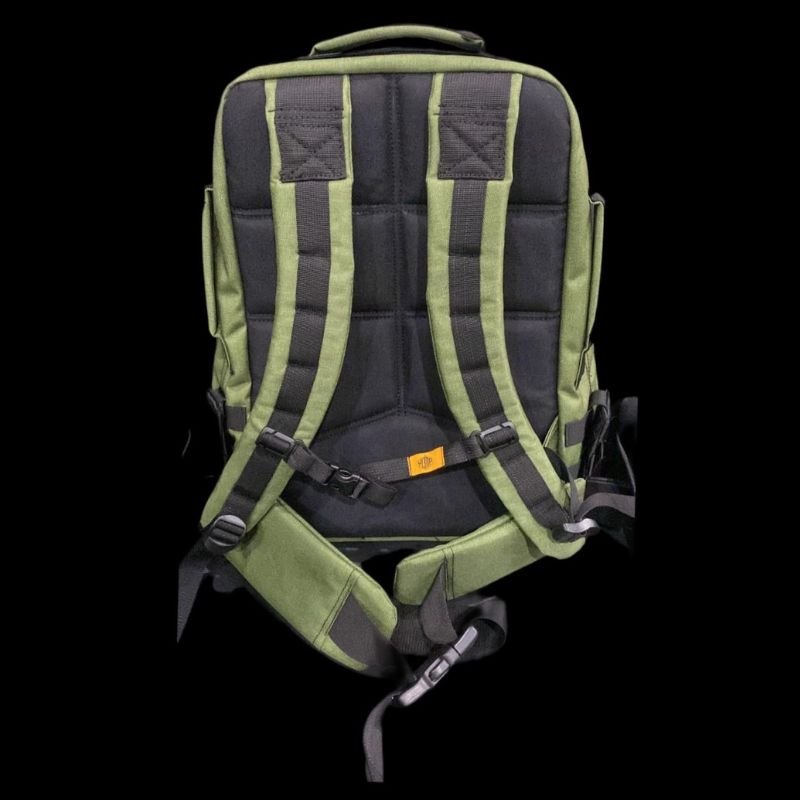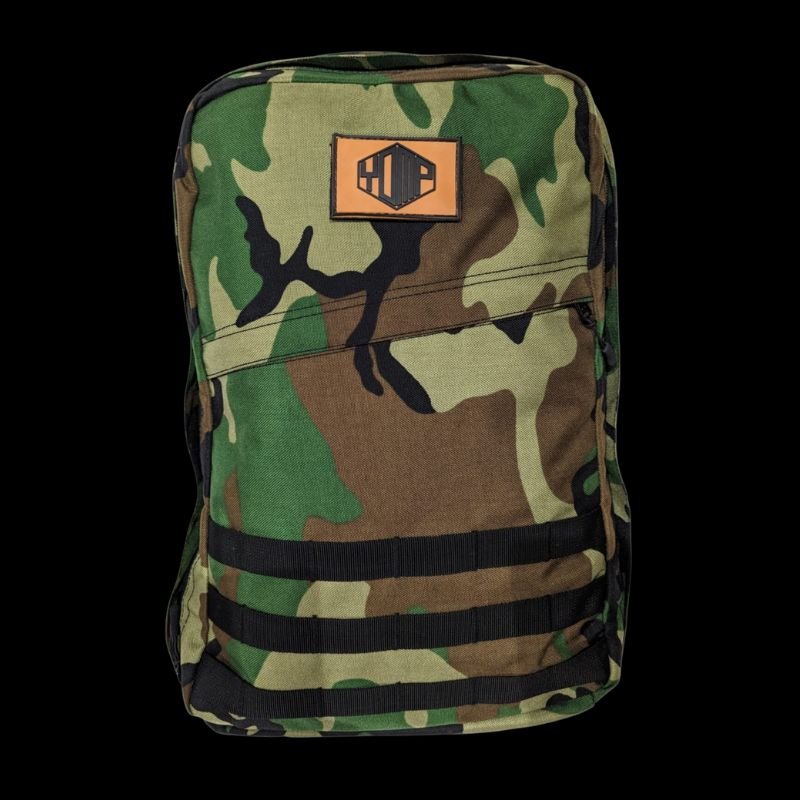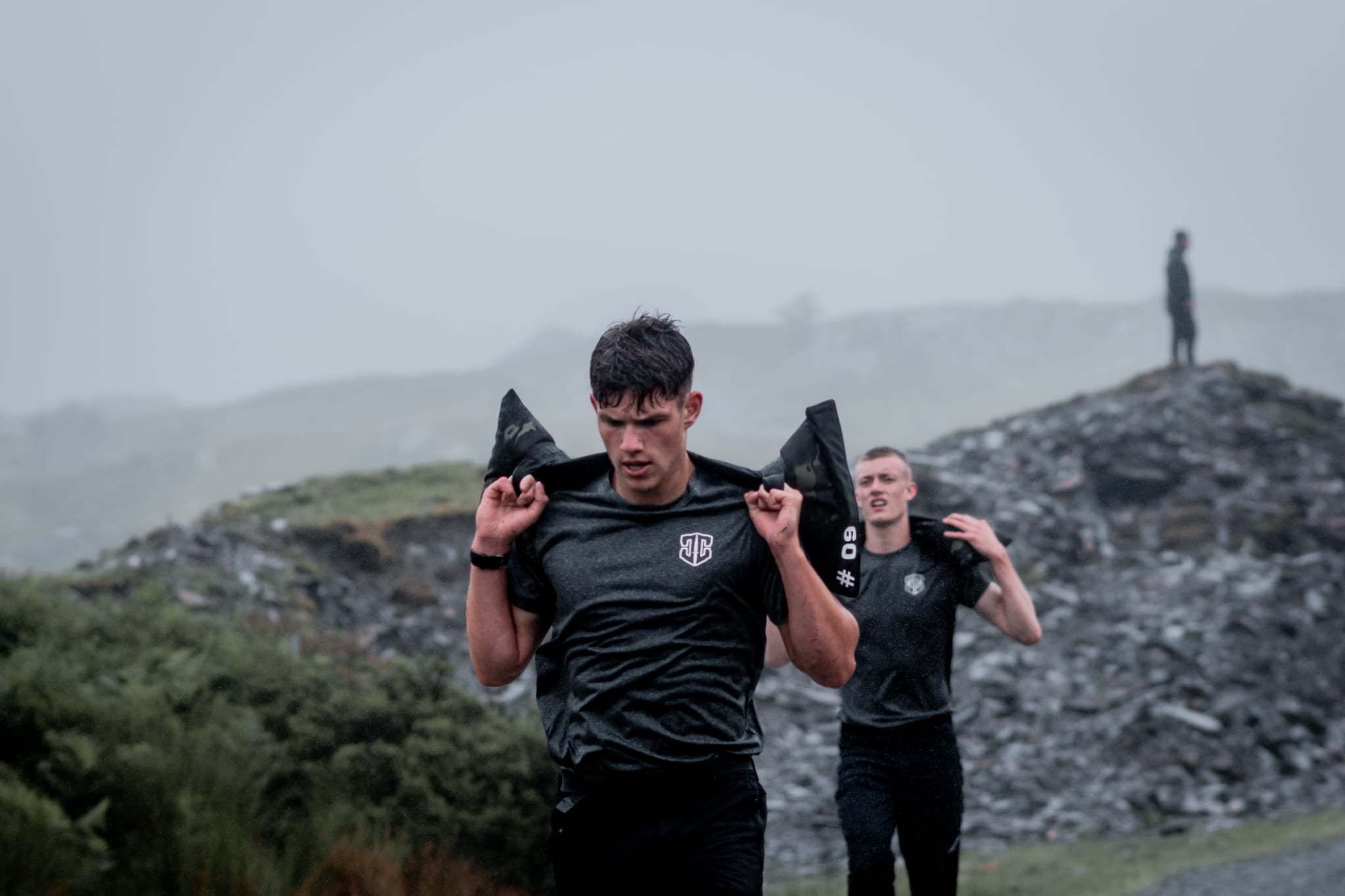Rucking: The Ultimate Outdoor Workout for Total Fitness Transformation
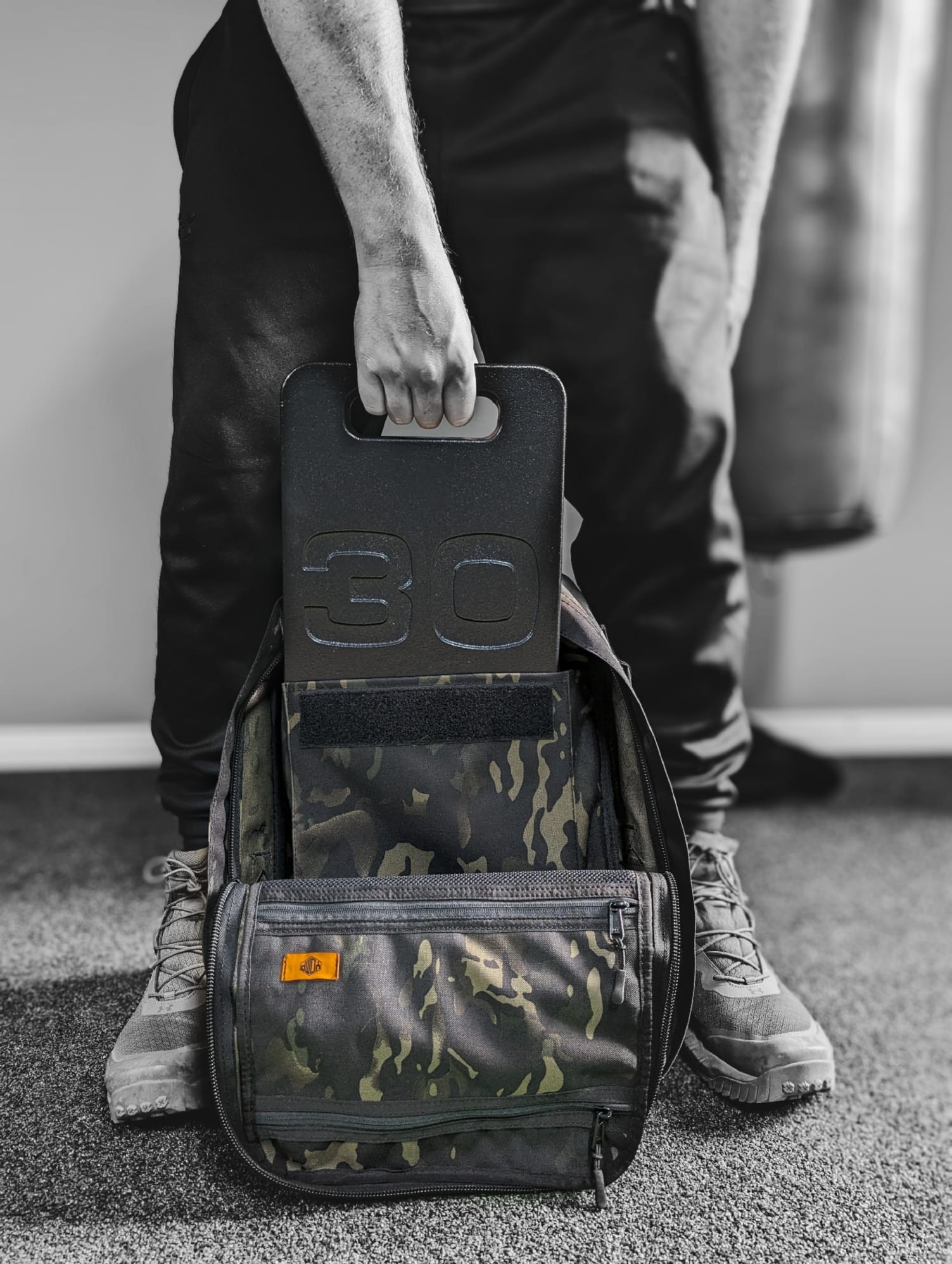
What is Rucking?
Rucking, an activity that has gained significant popularity in recent years, involves walking or hiking with a loaded backpack or rucksack. It originated as a military training exercise and has now evolved into a fitness trend embraced by civilians and athletes alike. The concept is simple - load up a backpack with weights, such as sandbags or other heavy items, and hit the trail. As people look for new and exciting ways to improve their fitness levels and get in shape, rucking has emerged as an attractive option. This article explores whether rucking is indeed a good workout, its potential benefits, and how it compares to other fitness activities.
Is Rucking a Good Workout?
Rucking is a unique form of exercise that combines elements of both cardio and resistance training. When you ruck, you engage in continuous walking or hiking, which elevates your heart rate and improves cardiovascular health. At the same time, the added weight in the backpack provides resistance, engaging various muscle groups, including the legs, back, shoulders, and core. This combination of cardiovascular and resistance exercise makes rucking a full-body workout that offers several benefits for overall fitness.

Benefits for Cardiovascular Health, Muscular Endurance, and Bone Density
Regular rucking can have a positive impact on cardiovascular health by improving endurance and stamina. The sustained walking with added weight challenges your cardiovascular system, leading to increased blood circulation and a stronger heart.
Furthermore, rucking places a significant load on your muscles, which helps to enhance muscular endurance. As you walk with the added resistance, your muscles adapt to the strain and become more resilient over time.
In addition to muscle benefits, rucking can also contribute to improved bone density. The additional weight-bearing aspect of rucking puts pressure on the bones, promoting bone health and potentially reducing the risk of osteoporosis.
While rucking can be an effective workout, several variables can influence its impact on your fitness. Factors like the weight of the backpack, the terrain, the distance covered, and your overall fitness level play a significant role in determining the effectiveness of your rucking sessions.
To maximise the benefits of rucking, it's essential to gradually increase the weight and distance over time. This progressive approach challenges your body, leading to continuous improvements in fitness.
Can Rucking Help You Lose Weight?
Weight loss occurs when you create a calorie deficit, meaning you burn more calories than you consume. Rucking, being a physically demanding activity, can help you achieve this deficit by burning a substantial number of calories during each session.

Comparison of Calorie Burn Between Rucking and Walking
Rucking typically burns more calories than regular walking due to the added resistance. A 150-pound individual can burn around 300-500 calories per hour while rucking, depending on the intensity of the session. In comparison, the same person would burn about 200-300 calories per hour during a leisurely walk.
For an estimate on how many calories you can burn on a rucking workout take a look at our Yomping Calorie Burn Calculator
To maximise calorie burn during rucking, consider the following tips:
- Gradually increase the weight in your backpack to challenge yourself more.
- Choose hilly terrains to elevate the intensity of the workout.
- Maintain a brisk pace while walking to keep your heart rate elevated.
- Incorporate interval training by alternating between faster and slower walking speeds.
Can Rucking Build Muscle?
Rucking can indeed help build muscle, especially in the lower body and core. The added weight in the backpack increases the resistance, which activates and strengthens the muscles involved in walking and stabilising your body during the activity.
Muscles Worked During Rucking
Rucking is a full-body workout that engages several muscle groups throughout your body. The added weight in the backpack places extra resistance on these muscles, making them work harder and leading to increased strength and endurance. Here are the main muscle groups targeted during rucking:
- Leg Muscles: Rucking heavily involves the muscles in your legs as they are responsible for carrying your body weight and the additional load in the backpack. The primary leg muscles worked during rucking include:
- Quadriceps: Located on the front of your thighs, these muscles extend your knees during the upward phase of each step.
- Hamstrings: Situated on the back of your thighs, the hamstrings help flex your knees and extend your hips during the downward phase of each step.
- Calves: The muscles in your calves help raise your heels off the ground during the push-off phase of each step.
- Glutes: The gluteal muscles, which consist of the gluteus maximus, gluteus medius, and gluteus minimus, play a significant role in rucking. They are responsible for hip extension, which helps propel you forward during each step.
- Back Muscles: The muscles in your back, including the erector spinae and the trapezius, work to stabilize your spine and maintain an upright posture while carrying the weighted backpack.
- Shoulders and Upper Body: As the weight rests on your shoulders, the muscles in your shoulders, especially the deltoids, and the upper back muscles, such as the rhomboids and trapezius, are engaged in supporting the load.
- Core Muscles: Rucking challenges your core muscles to maintain stability and balance while carrying the weighted backpack. The muscles in your abdominals, obliques, and lower back work together to stabilize your torso during the activity.
- Forearm and Grip Muscles: Carrying a loaded backpack for an extended period requires a strong grip. Rucking can improve forearm and grip strength due to the constant need to hold onto the backpack straps.
- Cardiovascular System: While not a specific muscle group, rucking provides an excellent cardiovascular workout. It elevates your heart rate, increasing blood flow and oxygen delivery to the working muscles, which improves overall cardiovascular health and endurance.
As you progress in your rucking journey and increase the weight and distance, these muscles will adapt and grow stronger. It's essential to maintain proper form and posture during rucking to ensure that you're effectively targeting the intended muscle groups and reducing the risk of injury.
Muscle Gains from Rucking vs Weight Lifting
While rucking can build muscle, it may not provide the same level of muscle gain as traditional weight lifting exercises, which typically focus on specific muscle groups and allow for more controlled and targeted resistance. However, rucking offers a practical and functional way to build overall strength and endurance.

Is Rucking Better Than Cardio?
Rucking qualifies as a form of cardio activity due to its ability to elevate the heart rate and provide sustained aerobic exercise. It challenges the cardiovascular system and can lead to improvements in endurance and stamina.
Comparison of Rucking with Traditional Cardio Workouts
Traditional cardio workouts, such as running, cycling, or swimming, may offer more intense cardiovascular benefits compared to rucking. These activities generally involve higher levels of impact and sustained elevated heart rates. However, rucking's advantage lies in the combination of cardio and resistance training in one activity, making it a valuable cross-training option.
Before embarking on a rucking journey, it's essential to follow some basic rules:
- Start with a comfortable weight in your backpack and gradually increase it over time.
- Use a properly fitting backpack that distributes the weight evenly on your shoulders and back.
- Wear appropriate footwear and clothing for the terrain and weather conditions.
If you're new to rucking or want to improve your ruck fitness, consider the following tips:
- Begin with shorter and lighter ruck sessions and gradually increase the duration and intensity.
- Focus on maintaining proper form during rucking to avoid injuries.
- Incorporate strength training exercises, such as squats and lunges, to complement your rucking routine.
To continually improve your ruck fitness, follow these guidelines:
- Set progressive goals for weight, distance, and speed.
- Include rest and recovery days in your rucking schedule to allow your muscles to repair and grow.
- Vary your ruck routes to keep the activity engaging and challenging.
Rucking can be a highly beneficial and enjoyable outdoor activity that offers a unique blend of cardiovascular and resistance training benefits. It can improve cardiovascular health, muscular endurance, and bone density while aiding in weight loss efforts. Moreover, rucking provides an excellent opportunity to explore nature and connect with the outdoors, making it a refreshing alternative to traditional gym workouts.
As with any physical activity, it's essential to start slowly, listen to your body, and consult with a healthcare professional before beginning any new exercise routine. So, grab a sturdy backpack, load it up with some weights, and hit the trails to experience the numerous fitness benefits of rucking!

